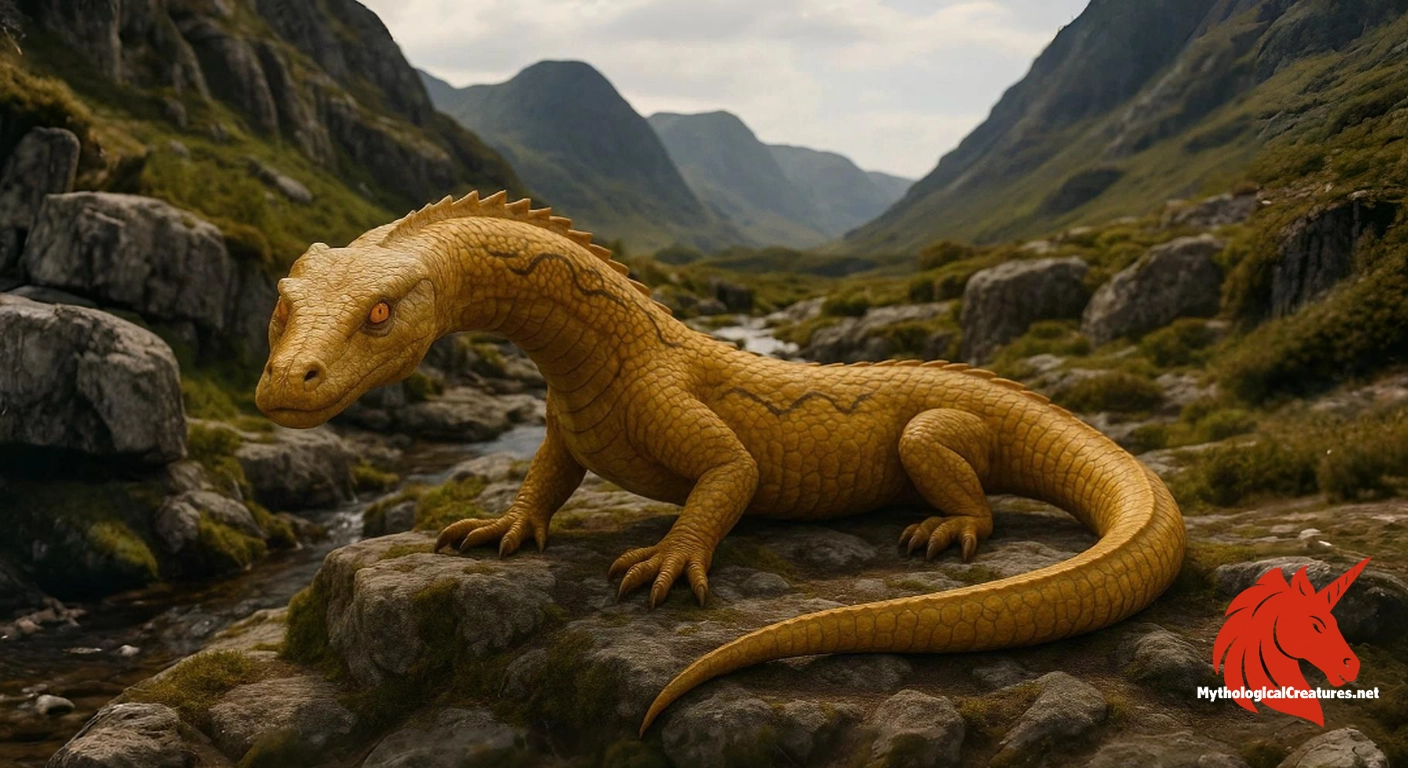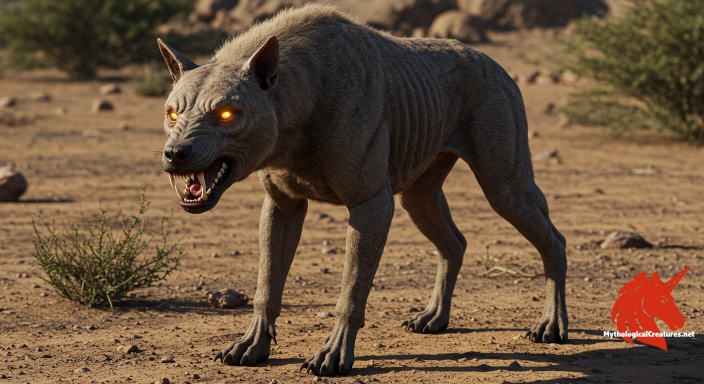Yellow Dragon: The Yellow Dragon is the zoomorphic incarnation of the Yellow Emperor in Chinese mythology, embodying the earth element.

Yellow Dragon
Yellow Dragon - Represents central cosmic power and the unification of celestial and earthly forces
Origins & First Encounters
The Yellow Dragon stands as one of the most distinguished symbols in Chinese myth, embodying the essence of the Yellow Emperor's divine rule and the centre of the universe. Born from a celestial phenomenon and a mysterious yellow ray that encircled the Northern Dipper, its tale is interwoven with the origins of the earth itself. It emerged in ancient narratives as the physical incarnation of the Yellow Emperor, whose destiny was forever linked to the vibrant colour of the soil. With roots stretching deep into tradition, this dragon has been revered as both a cosmic guardian and an emblem of stability. Its association with the earth element reflects a broader philosophical context where materiality and the natural world are held in sacred regard. Over time, the myth has evolved to illustrate themes of legacy and moral authority, making it central to a variety of cultural rites and rituals. The rich tapestry of legends surrounding this creature underscores its importance in maintaining the balance between celestial and terrestrial realms. Its enduring presence in art, literature, and ritual solidifies its status as a vital force in Chinese cultural heritage.
Source Texts & Tale Variants
Ancient chronicles and spiritual treatises offer a window into the early accounts of the Yellow Dragon, capturing its mystique in layered narrative forms. Revered texts from the Daoist tradition often recount its emergence and its close ties to the Yellow Emperor, providing vivid descriptions of its celestial origins. Diverse textual sources illustrate subtle variations in its portrayal, each adding depth to its mythical character and reinforcing its auspicious qualities. Some manuscripts articulate its connection to the Northern Dipper, enriching the legend with astronomical symbolism. Folkloric remembrances passed down through generations further embellish the art of storytelling, ensuring that the dragon's narrative remains dynamic and multifaceted. As these stories migrated across different regions, they absorbed local nuances and cultural motifs that broadened its mythos. In various historical documents, the Yellow Dragon is depicted not just as a creature of legend but also as a protector of the natural and spiritual order. This wide array of sources forms a complex mosaic of interpretations that continues to influence modern retellings of its epic saga.
Form & Powers
The appearance of the Yellow Dragon is marked by an awe-inspiring blend of elegance and power that captivates any onlooker. Its sinuous, serpentine body is covered in luminous scales that shimmer with all the shades of gold and yellow, mirroring the earth's rich hues. A flowing mane of delicate filaments trails along its back, accentuating a visage imbued with both wisdom and ferocity. Its eyes, deep and penetrating, are often depicted as glowing with an inner light that reflects ancient knowledge. In many artistic renditions, the dragon’s form is colossal yet graceful, crafted with a balance of robust musculature and fluid, dynamic contours. Intricate patterns and subtle variations in its scales hint at its celestial origins and its connection to the earth element. Its limbs, often depicted with elegant claws, add a touch of regality and underline its martial prowess. The overall aesthetic of the Yellow Dragon captures an ever-changing interplay of light and shadow, echoing the eternal dance between stability and transformation in nature.
Regional Faces
Across China, the depiction of the Yellow Dragon adapts to regional aesthetic sensibilities and cultural priorities, enriching its mythological narrative. In the northern provinces, it is often portrayed with a more rugged and powerful demeanor, emphasising its role as the steadfast centre of the universe. In contrast, southern traditions sometimes highlight its benevolent and nurturing characteristics, reflecting local emphases on agricultural prosperity and natural harmony. Various communities have integrated the dragon into their seasonal festivals, each celebration infusing new layers of meaning into its storied form. Regional artistic styles contribute distinct brush strokes and colour palettes, ensuring that the dragon’s iconic yellow shimmer resonates with local traditions. This localised portrayal extends to its moral symbolism, where some narratives accentuate its judicious nature while others amplify its role as a guardian spirit. The elasticity of its character allows the creature to be revered as both a celestial force and a cherished local deity. Such variations affirm that, while the Yellow Dragon remains a unifying symbol in Chinese mythology, its interpretation is enriched by the diversity of regional cultural expressions.
Cultural Parallels
The Yellow Dragon's mythic attributes invite intriguing comparisons with legendary serpentine creatures across a multitude of cultures. Its unique embodiment of the earth element contrasts with other dragons that prevail in domains such as water, fire, or air. Within Chinese mythology itself, it is often paired with dragons representing complementary forces, such as the Azure Dragon of the east, creating a balanced pantheon of elemental deities. A parallel can be drawn with certain Japanese and Southeast Asian dragons, where the emphasis on celestial symbolism and nature typically forms the bedrock of their lore. European dragons, while often depicted as adversaries or hoarders of treasure, are reimagined in Eastern narratives as custodians of cosmic order and harmony. These cultural intersections highlight the inherent adaptability of the dragon motif, where a singular creature can hold diverse meanings from ferocity to protection. Through comparative analysis, one can observe that the Yellow Dragon’s persona is as much about moral rectitude as it is about natural power. This breadth of symbolic resonance underscores the universal appeal and enduring mystery of dragon legends across cultures.
Legacy & Modern Evolution
The evolution of the Yellow Dragon’s image reflects a profound journey through time and changing cultural landscapes. With origins rooted in the early myths of imperial divinity, its representation has shifted from a purely celestial protector to a multifaceted symbol of heritage and renewal. Over successive dynasties, the dragon's imagery was refined in imperial art, literature, and ceremonial motifs, reinforcing its status as an enduring emblem of order and prosperity. In modern times, the Yellow Dragon has transcended its ancient origins, finding a new life in contemporary media and popular culture. This transformation is visible in everything from traditional calligraphy to modern digital art, where its vibrant form continues to captivate audiences. The dragon’s symbolism has been embraced by various organisations and cultural movements, often representing aspirations of unity, strength, and moral leadership. Its dynamic depictions in festivals and state iconography further attest to its potent role as a cultural touchstone. Today, the Yellow Dragon not only honours its storied past but also inspires a renewed connection to the profound narratives that define the collective Chinese identity.
Interesting Fact
The Yellow Dragon uniquely integrates cosmic divinity with a tangible, zoomorphic form, symbolizing the deep-rooted connection between the celestial realm and earth in Chinese mythology.
Quick Creature Info
Associations:
Our Mythic Legendary Rating:

Also Sometimes Known As:
Habitat:
Supernatural Powers:
Physical Attributes:
Abilities:
Behavior:
Lore:
Related Creatures, Tales or Lore
- AAzure Dragon
- VVermilion Bird
- WWhite Tiger
References
Discover Another Mythical Legend You May Not Have Heard Of?
Uncover the mysteries of ancient folklore and expand your knowledge of legendary beings from cultures around the world.
Dare to Meet the Crocotta....
Mythical Disclaimer: The images and data on this site are derived from various historical and literary sources, but we have found that many myths often have multiple versions and interpretations across references, sometimes contradictory. As a result, these creature depictions are artistic interpretations—imaginative blends of folklore, legend, and a dash of AI guesswork. Because creature descriptions vary widely, our illustrations and accompanying information represent our best effort to honor mythology while bridging creative gaps. Enjoy these interpretations—just remember, we've done our best to respect the stories and validate available data, but in the realm of mythology, details often shift, imagination leads the way, and nothing is ever set in stone!
Curated by the Mythological Creatures Team (rev. May 2025)
